The Gardens of Versailles: A Testament to Royal Ambition
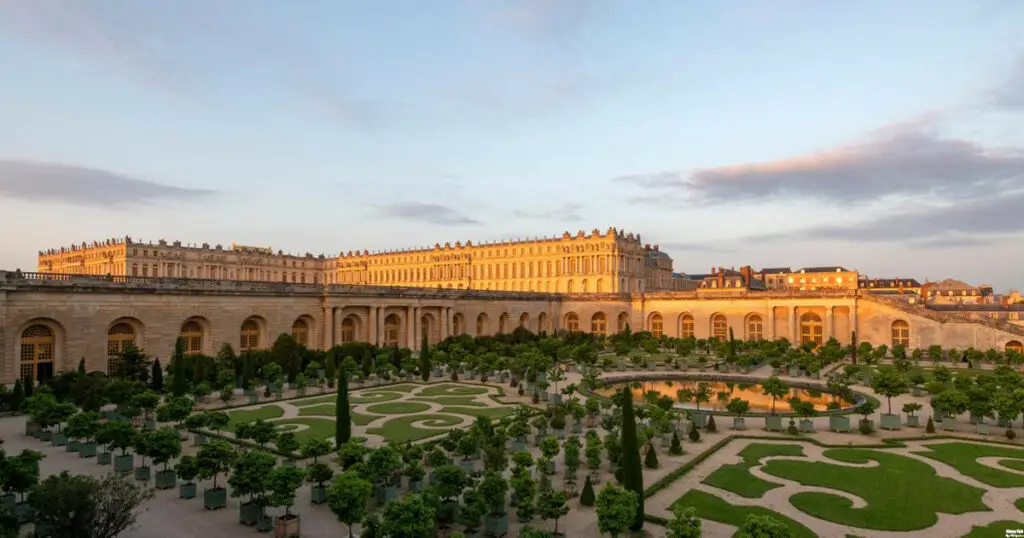
Introduction
The Gardens of Versailles, sprawling over nearly 2,000 acres, are a stunning manifestation of royal ambition and artistry. These gardens, designed by the legendary landscape architect André Le Nôtre, were commissioned by King Louis XIV in the late 17th century and have since become a quintessential symbol of French grandeur and elegance. The meticulous design, intricate fountains, and lush greenery showcase the pinnacle of landscape architecture, making the Gardens of Versailles a must-see destination for visitors from around the world.
More than just a backdrop to the majestic Château de Versailles, the gardens have played a central role in the cultural and political life of France. They were the setting for grand fêtes, political negotiations, and everyday courtly life, reflecting the power and prestige of the French monarchy. The Gardens of Versailles not only embody the artistic vision of their creators but also encapsulate the history and splendor of a bygone era.
In this article, we will delve into the intricate design and layout of the gardens, explore the marvels of their fountains and water features, and appreciate the artistic and thematic elements of the groves and sculptures. Additionally, we will examine the flora and fauna that contribute to the gardens’ ever-changing beauty and discuss the modern-day maintenance and events that keep this historical treasure vibrant and relevant.
Design and Layout

The design and layout of the Gardens of Versailles are a testament to the genius of André Le Nôtre, whose vision transformed a hunting lodge into a masterpiece of landscape architecture. Le Nôtre’s approach to the gardens was revolutionary, blending geometric precision with natural beauty to create a harmonious and grandiose environment that complemented the palace’s opulence. The gardens are laid out in a formal French style, characterized by meticulously aligned paths, parterres, and water features that create a sense of order and symmetry.
One of the most striking aspects of the gardens is the Grand Perspective, a central axis that extends from the palace to the horizon, lined with sculptures, fountains, and meticulously trimmed hedges. This axis draws the eye outward, emphasizing the vastness of the gardens and the power of the monarchy. The carefully planned vistas and sightlines were designed to impress and awe visitors, reflecting the absolute authority and grandeur of Louis XIV.
The layout also includes a series of smaller, intimate gardens and groves, each with its unique theme and design. These secluded areas provided the royal family and their guests with private spaces for relaxation and contemplation, away from the formal grandeur of the main gardens. The intricate layout of these groves, combined with their diverse plantings and artistic decorations, demonstrates the incredible attention to detail that went into the creation of the Gardens of Versailles.
Fountains and Water Features
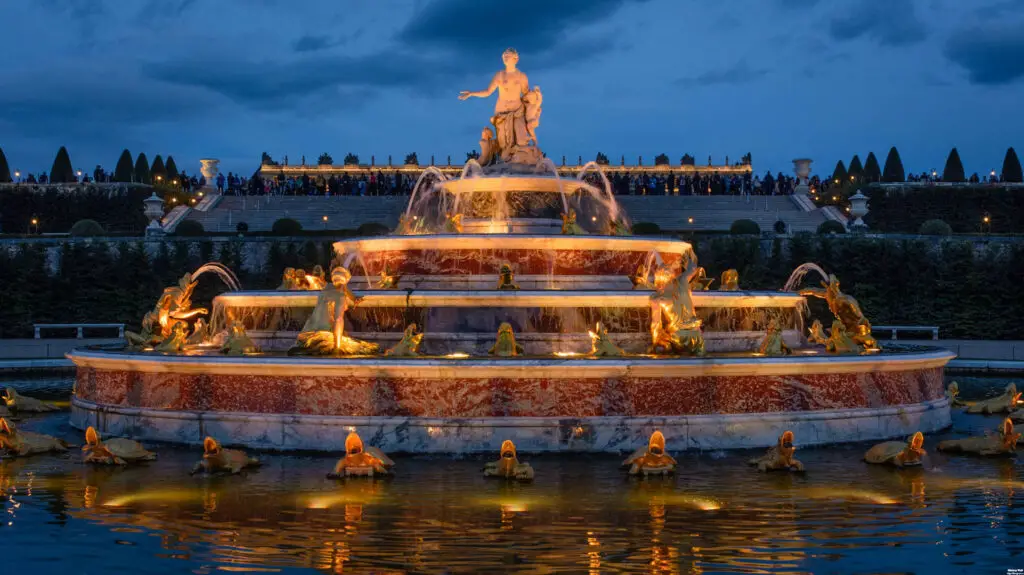
The fountains and water features of Versailles are among the most celebrated aspects of the gardens, representing a blend of artistic and engineering prowess. The gardens boast over 50 fountains, each with its unique design and mythological symbolism, contributing to the overall grandeur and charm of the estate. These fountains were not only decorative elements but also engineering marvels of their time, showcasing the ingenuity of their creators.
One of the most iconic fountains is the Fountain of Apollo, located at the end of the Grand Canal. This fountain features a striking sculpture of Apollo, the Sun God, rising from the sea in his chariot, symbolizing the reign of Louis XIV, who was known as the Sun King. The dramatic composition and powerful jets of water make this fountain a focal point of the gardens, embodying the glory and majesty of the French monarchy.
Another notable water feature is the Neptune Fountain, a grand and complex structure adorned with numerous sculptures and water jets. The Neptune Fountain is a testament to the skill and creativity of the garden’s designers, combining artistic beauty with technical sophistication. During the Grandes Eaux, or grand water displays, this fountain, along with others, comes to life with choreographed water shows set to music, providing a spectacular visual and auditory experience for visitors.
The Latona Fountain, inspired by the myth of Latona and her children, Apollo and Diana, is another highlight. The fountain’s cascading water and intricate sculptures depict the story of Latona transforming peasants into frogs as punishment for their disrespect. This fountain not only adds to the aesthetic beauty of the gardens but also serves as a narrative piece, connecting the gardens to classical mythology and the cultural aspirations of the French court.
Groves and Sculptures
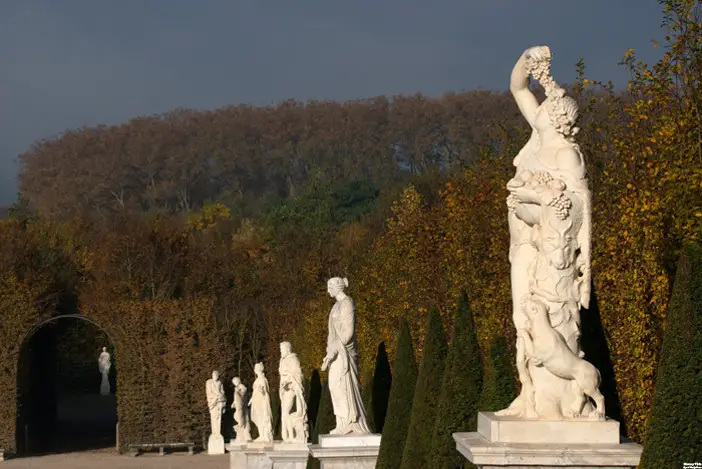
The groves of Versailles, also known as bosquets, are enclosed gardens that offer a more intimate and secluded experience compared to the open parterres. Each grove is designed with its unique theme and artistic elements, providing a diverse array of landscapes and experiences within the vast expanse of the gardens. These groves were spaces for leisure and entertainment, where the court could enjoy music, dance, and other amusements away from the formality of the palace.
One of the most famous groves is the Bosquet des Rocailles, or the Grove of the Domes, which features intricate rockwork and sculptures. This grove is designed to resemble a grotto, with paths winding through lush plantings and decorative elements that create a sense of mystery and enchantment. The use of water, stone, and greenery in this grove exemplifies the artistic creativity and craftsmanship that characterize the gardens as a whole.
The Enceladus Grove, inspired by the myth of the giant Enceladus, features a dramatic sculpture of Enceladus being crushed by a mountain, surrounded by jets of water that symbolize the eruption of Mount Etna. This grove combines powerful imagery with dynamic water displays, creating a captivating and immersive environment. The use of mythological themes in the groves not only adds to their visual appeal but also connects the gardens to the broader cultural and intellectual currents of the time.
Sculptures play a crucial role throughout the gardens, adorning the fountains, groves, and pathways. These sculptures, often depicting classical gods, heroes, and mythological scenes, add a layer of artistic and symbolic richness to the landscape. The statues are meticulously crafted, showcasing the skill of the artists and the high standards of the French court. They serve as focal points within the gardens, drawing the eye and enhancing the overall aesthetic experience.
Flora and Fauna
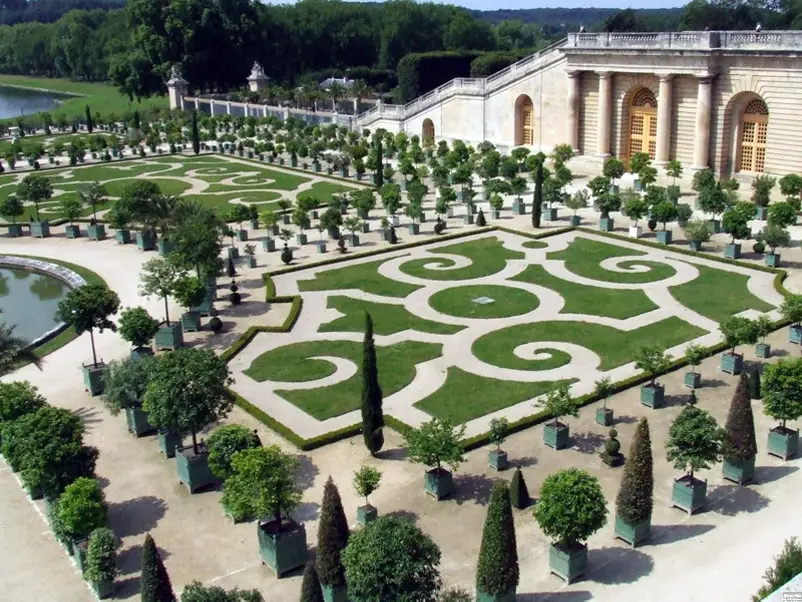
The flora and fauna of the Gardens of Versailles are carefully curated to create a constantly evolving tapestry of colors, textures, and scents. The gardens feature a wide variety of plant species, including meticulously trimmed hedges, vibrant flower beds, and stately trees. The changing seasons bring different floral displays, ensuring that the gardens offer a dynamic and ever-changing visual experience.
Spring and summer are particularly spectacular times to visit the gardens, as the flower beds burst into bloom with an array of colors and fragrances. Tulips, roses, and other seasonal flowers are carefully arranged to create stunning patterns and designs. The Orangerie, with its collection of citrus trees, adds a touch of exotic beauty to the gardens, showcasing the diversity of plant life cultivated at Versailles.
The gardens also provide a habitat for a variety of wildlife, contributing to the ecological richness of the estate. Birds, butterflies, and other insects thrive in the carefully maintained environment, adding to the natural beauty and serenity of the gardens. The presence of wildlife enhances the visitor experience, offering moments of tranquility and connection with nature amidst the grandeur of the man-made landscape.
The ongoing maintenance and care of the gardens are crucial to preserving their beauty and ecological balance. A dedicated team of gardeners and horticulturists works year-round to ensure that the plantings are healthy, the lawns are manicured, and the overall aesthetic of the gardens is maintained. Their efforts ensure that the Gardens of Versailles continue to enchant and inspire visitors from around the world.
Modern-Day Maintenance and Events
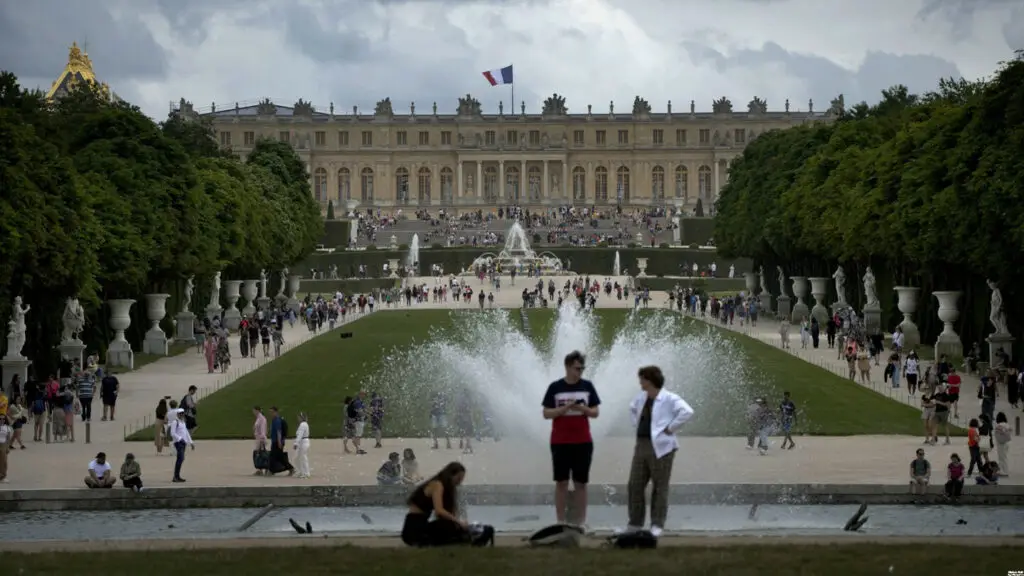
Maintaining the Gardens of Versailles is a monumental task that involves a combination of traditional gardening techniques and modern conservation practices. The garden staff is responsible for the upkeep of the extensive grounds, including the parterres, groves, fountains, and sculptures. This work involves regular pruning, planting, and repairs to ensure that the gardens retain their historical integrity and visual splendor.
One of the key aspects of garden maintenance is the preservation of the historical design and layout. The gardens are maintained according to the original plans of André Le Nôtre, ensuring that the vision of the Sun King is preserved for future generations. This involves not only horticultural work but also the restoration and conservation of the garden’s many sculptures, fountains, and architectural elements.
The Gardens of Versailles are also a vibrant cultural venue, hosting a variety of events and activities throughout the year. The Grandes Eaux, or musical fountain shows, are a highlight of the summer season, drawing thousands of visitors who come to experience the gardens in all their splendor. These shows combine the beauty of the fountains with classical music, creating a multisensory experience that captivates audiences.
In addition to the fountain shows, the gardens host concerts, exhibitions, and seasonal festivals that celebrate the cultural heritage of Versailles. These events provide visitors with unique opportunities to experience the gardens in different contexts, whether through a nighttime light show or a historical reenactment. The gardens’ role as a cultural venue ensures that they remain a dynamic and relevant part of contemporary life, while also honoring their historical significance.
Conclusion
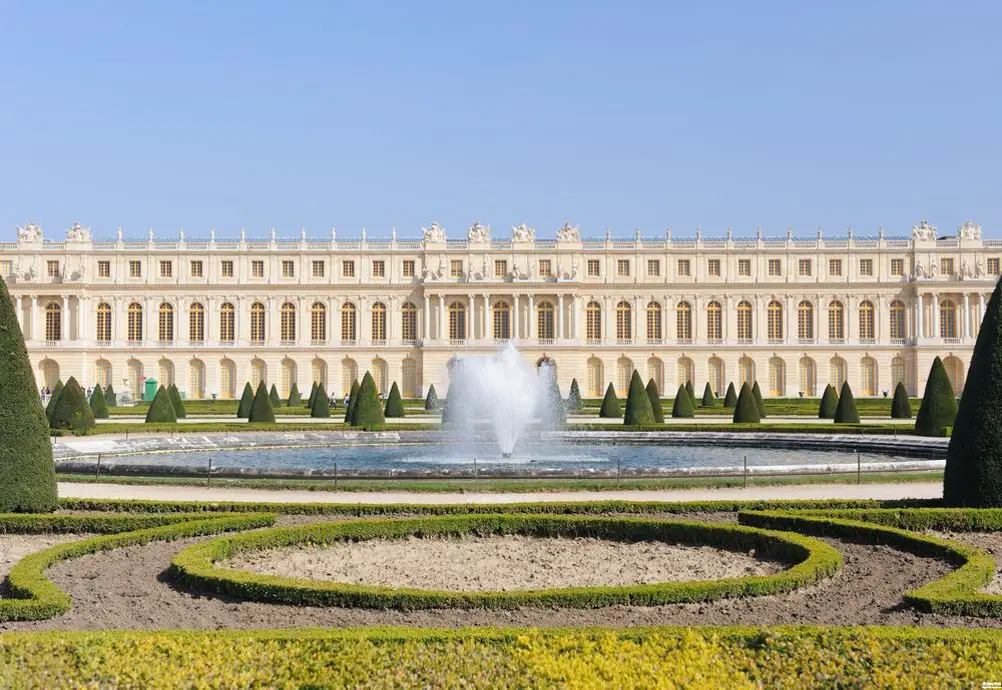
The Gardens of Versailles stand as a testament to the artistic vision and ambition of their creators, reflecting the grandeur and opulence of the French monarchy. Their intricate design, stunning fountains, and rich array of flora and fauna make them a masterpiece of landscape architecture and a symbol of France’s cultural heritage. From the meticulously planned Grand Perspective to the intimate groves and dynamic water displays, the gardens offer a diverse and enchanting experience for visitors.
As we have explored, the gardens’ historical and cultural significance is matched by their enduring beauty and ecological richness. The ongoing maintenance and modern-day events ensure that the Gardens of Versailles continue to inspire and delight visitors, preserving their legacy for future generations. The gardens are not only a historical monument but also a living, breathing space that evolves with the seasons and remains a vital part of France’s cultural landscape.
In conclusion, the Gardens of Versailles are a remarkable blend of art, history, and nature, offering a window into the grandeur of the past and the beauty of the present. They are a place of wonder and inspiration, where visitors can experience the magnificence of French landscape design and the enduring legacy of one of the world’s most iconic gardens. The Gardens of Versailles truly are a testament to royal ambition and a treasure for all who visit.


